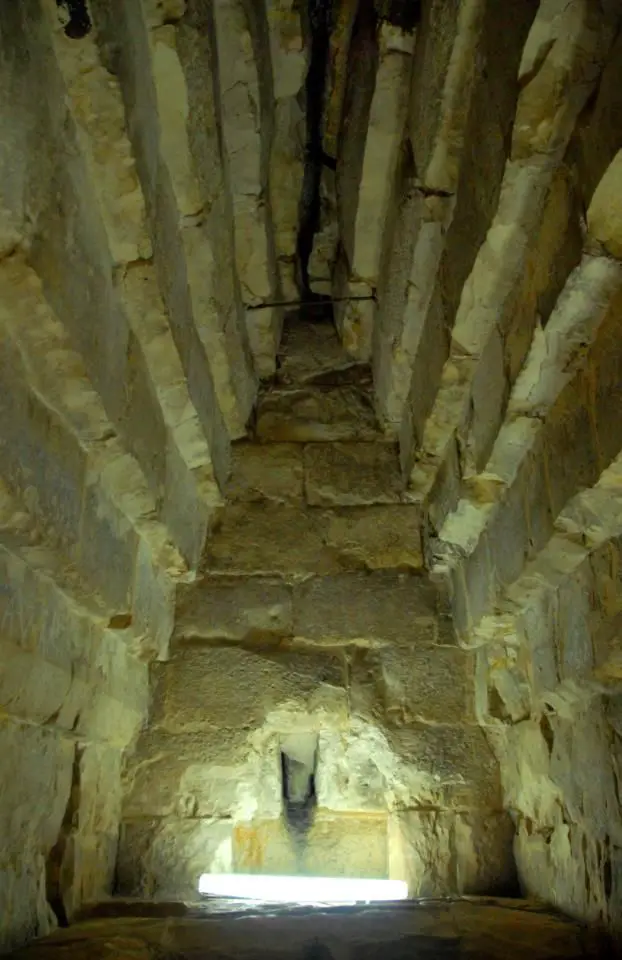Introduction
Egypt has been known as a country pyramids. Generally, Pyramids refer to the huge triangle monuments specifically associated with funerary practices of ancient people. But, some experts describe their astronomical values as well. In Latin America also, pyramids can be seen. In Egypt, pyramids are numerous in number.
Pharaoh Sneferu
Sneferu was a pharaoh of ancient Egypt. He is an important character. Because he founded the Fourth dynasty. It belonged to the Old Kingdom Period. The time frame of this period was between 2686 – 2181 BCE. The popular name of Sneferu is ‘Soris’. It is a Greek version of his original name.

Location of the Pyramid
The location of the above-mentioned pyramid is at Meidum. There are other pronunciations to this name. These are – Maydum, Maidam, etc. It is an archaeological site in Upper Egypt. There are several mastabas and a large pyramid at this site. The mastabas are made out of mud-brick.
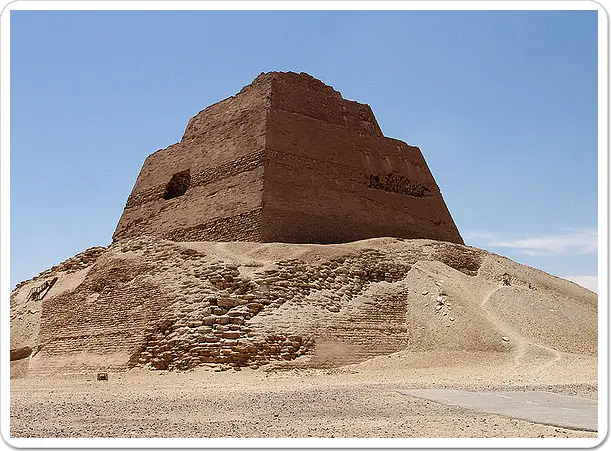
Discoveries & Research Works
It was the year of 1837. Egyptologist John Shae Perring first excavated the pyramid complex. After that, several renowned scholars excavated it and extended the research work gradually.

Lepsius, Flinders Petrie, Ludwig Borchardt, Alan Rowe, Ali el-Kholi, and others excavated the site and tried to provide an overall interpretation of the pyramid.
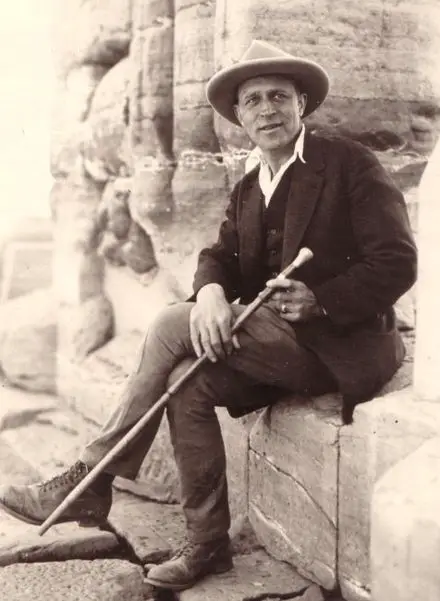
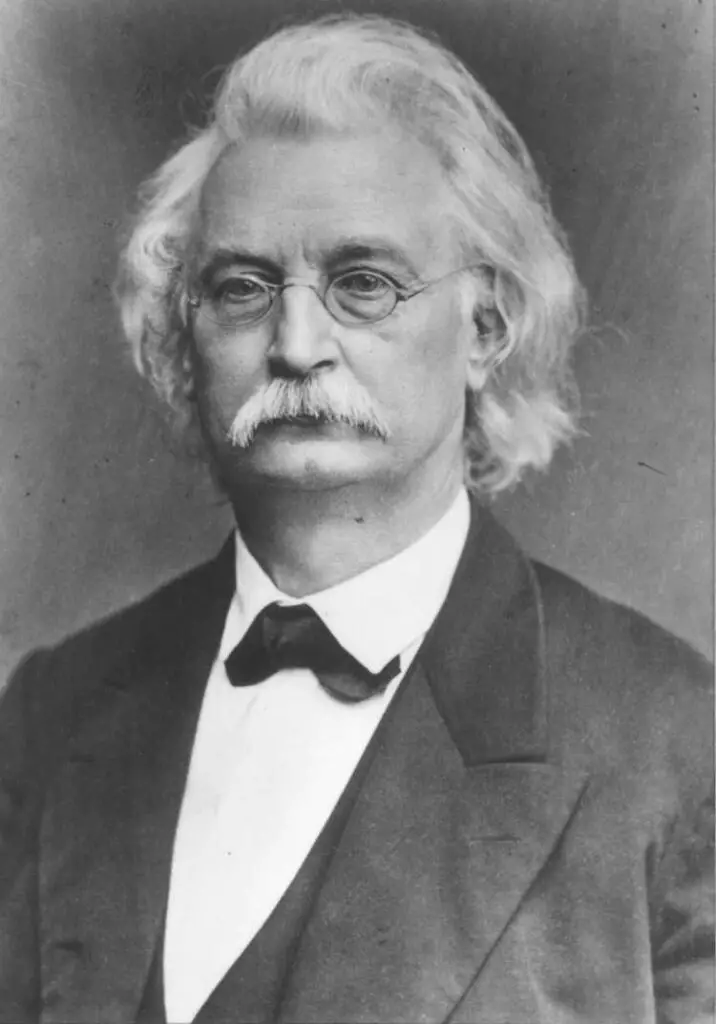
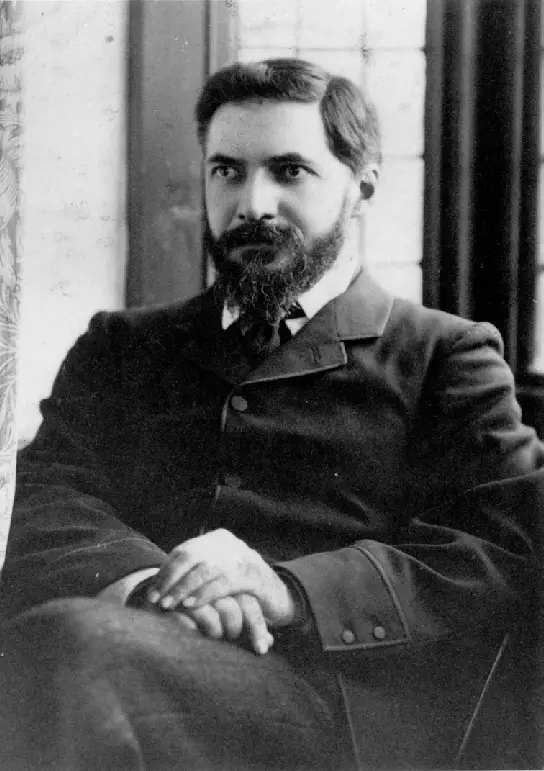

Significance of the Pyramid
This importance of the pyramid lies in understanding the evolution of pyramids in Egypt. Because it represents an earlier form of pyramids that emerged in the Old Kingdom Period. It is the first straight-sided pyramid of Egypt. Thus, it represents a transformation from the step pyramid to the traditional triangle-shape. This is because the stepped form is also present in this pyramid. Thus, it got attention to extensive research works.

The Mortuary temple
It was the early part of the nineteenth century. Flinders Petrie found the mortuary temple of the pyramid. It faces the east.

Not Made By Sneferu Alone?
According to Egyptologists, the construction of the pyramid at Meidum took place immediately after the construction of the Step Pyramid of Djoser at Saqqara. Huni was the last pharaoh of the Third Dynasty. He originally may have built it. But later it had been attributed to Sneferu and he completed its construction. Thus, the pyramid witnessed a long process of evolution.

A Kind of Incompleteness
The Pyramid of Sneferu at Meidum shows a kind of incompleteness from every aspect. Because firstly, the absence of a valley temple at Meidum is conspicuous. Because it is almost there in every pyramid complex starting from the time of Sneferu to the time period of the Twelfth Dynasty.
Secondly, the construction of the mortuary temple is incomplete. Thirdly, even the walls of the pyramid are not fully polished. Moreover, the burial chamber is also incomplete. Thus, archaeologists are eager to understand this peculiarity of this pyramid.
